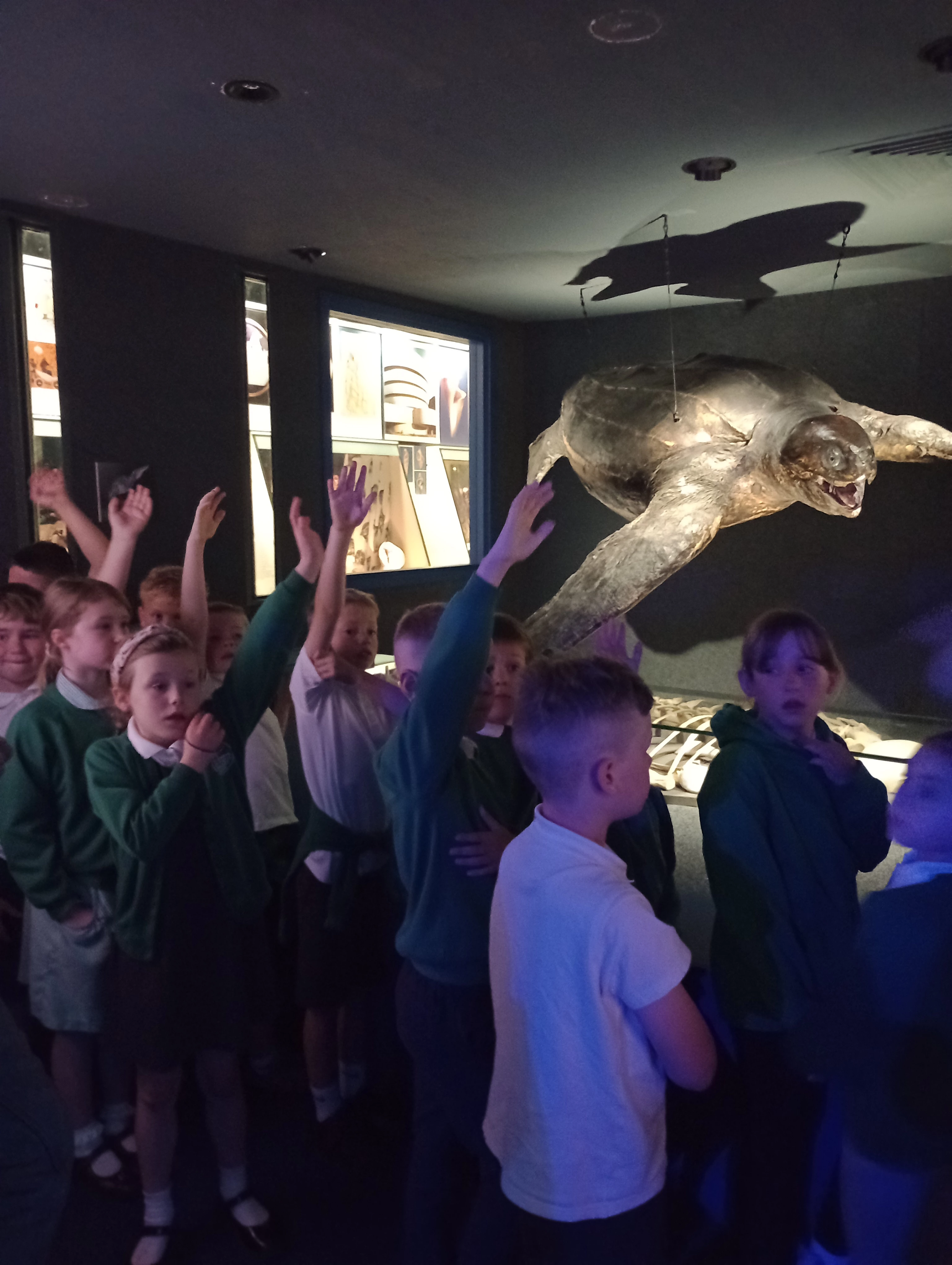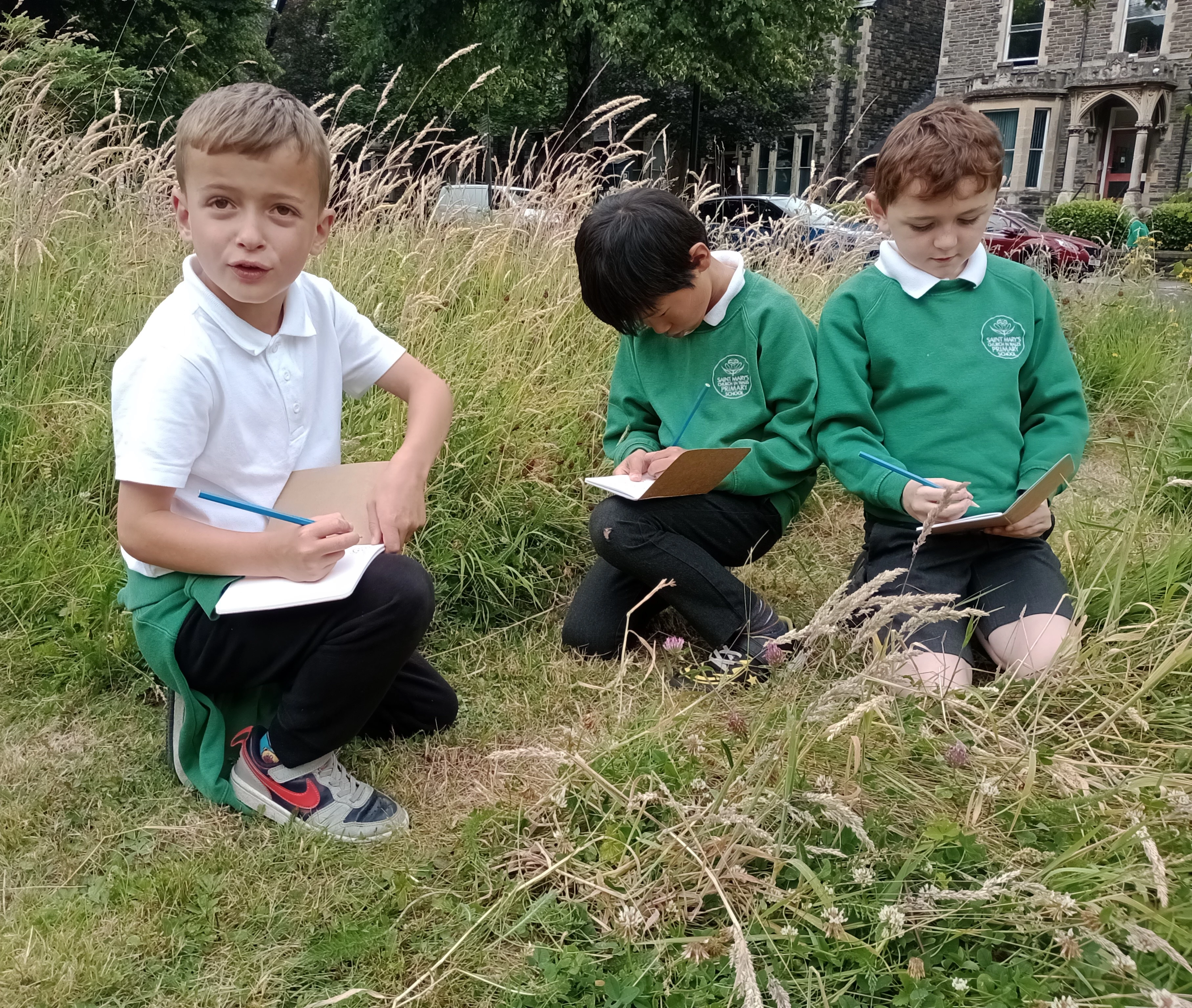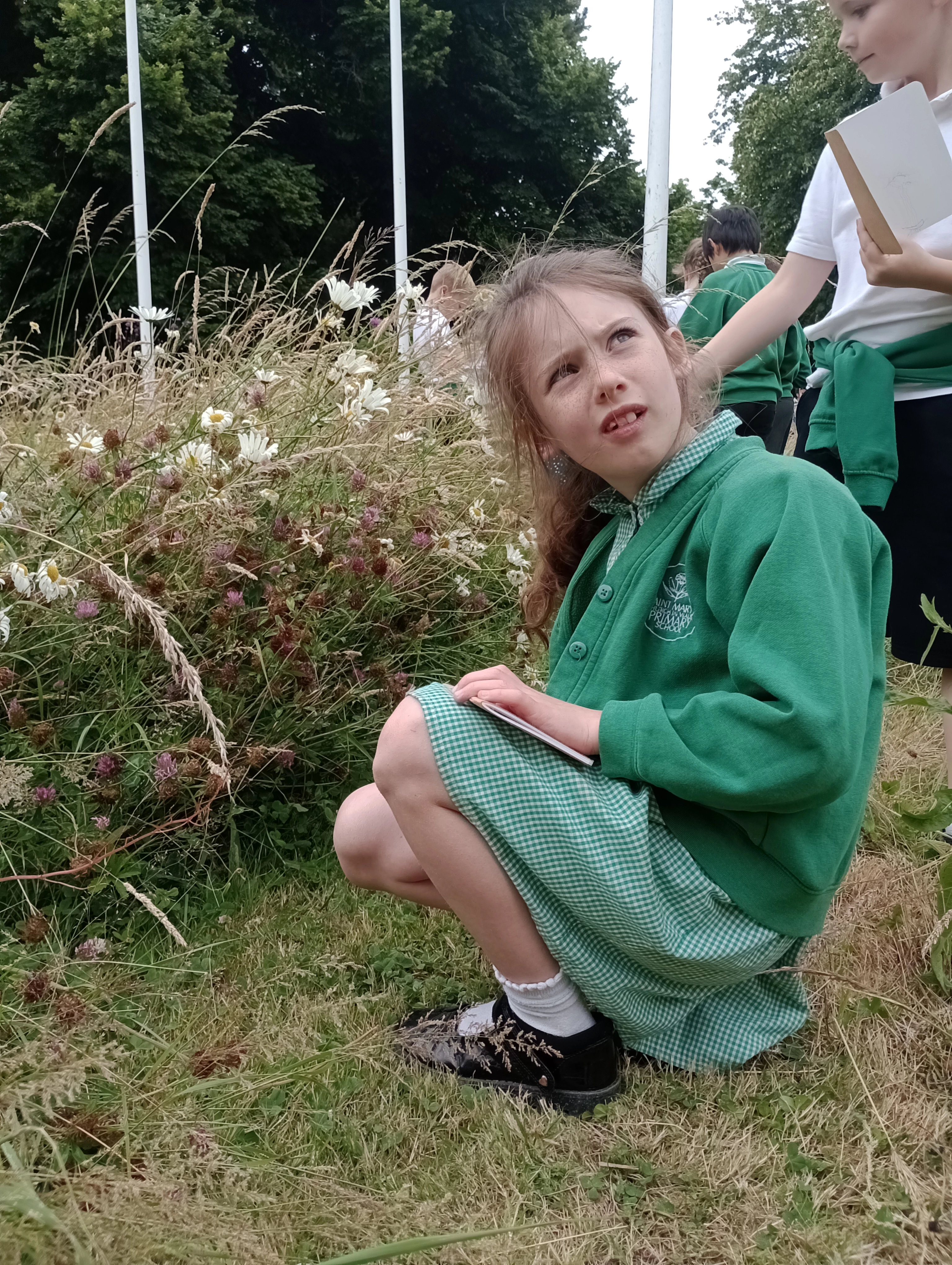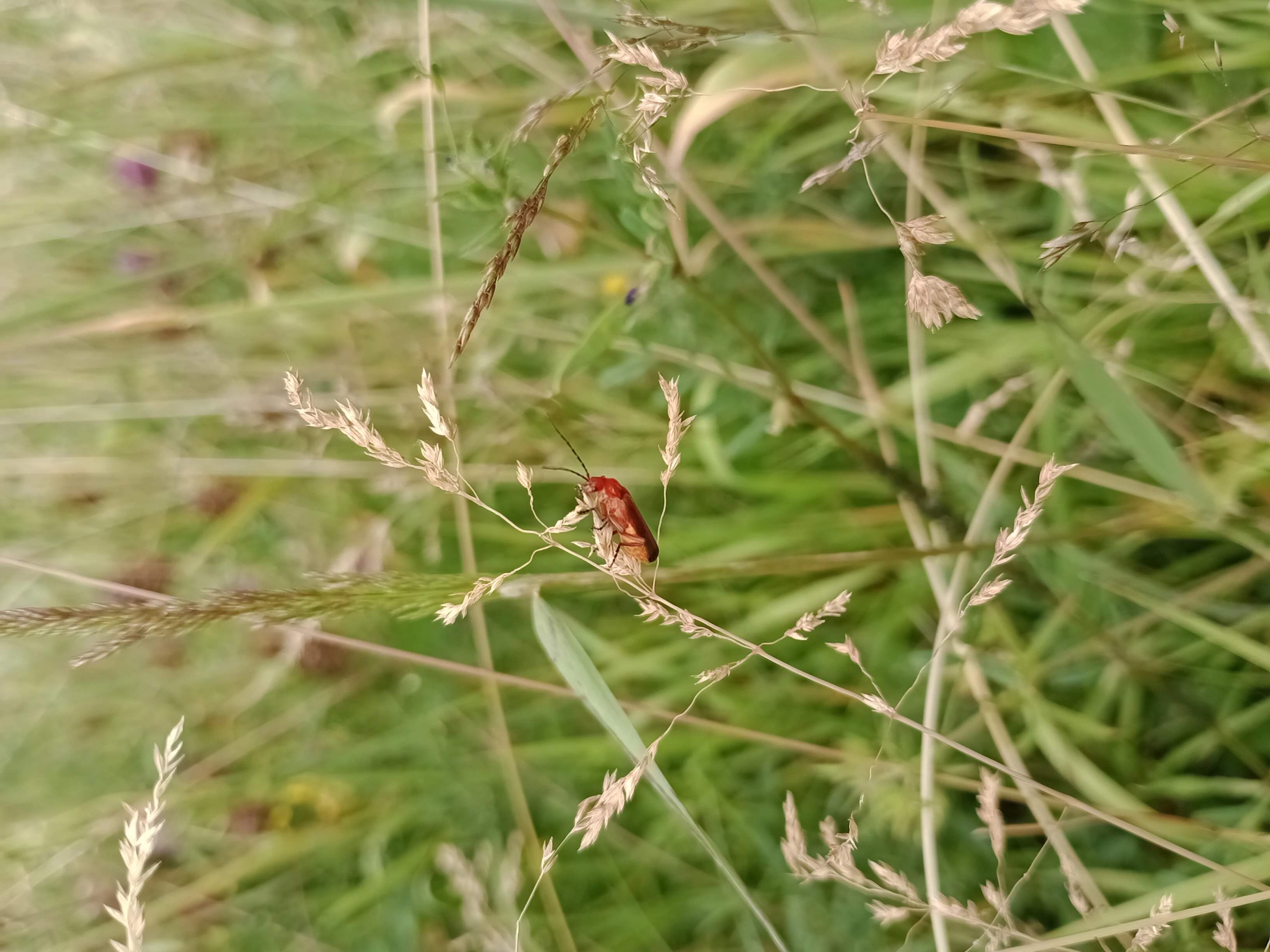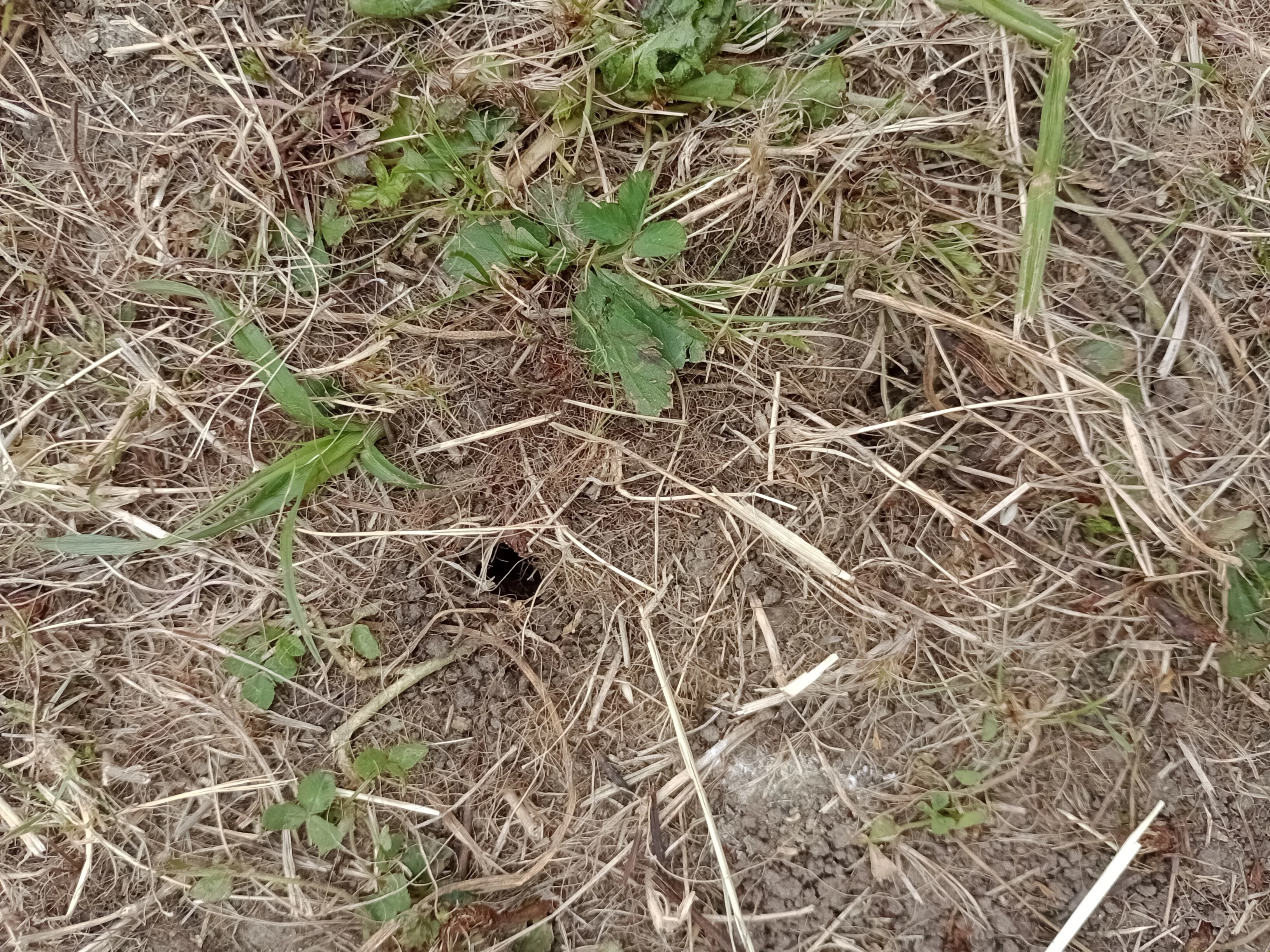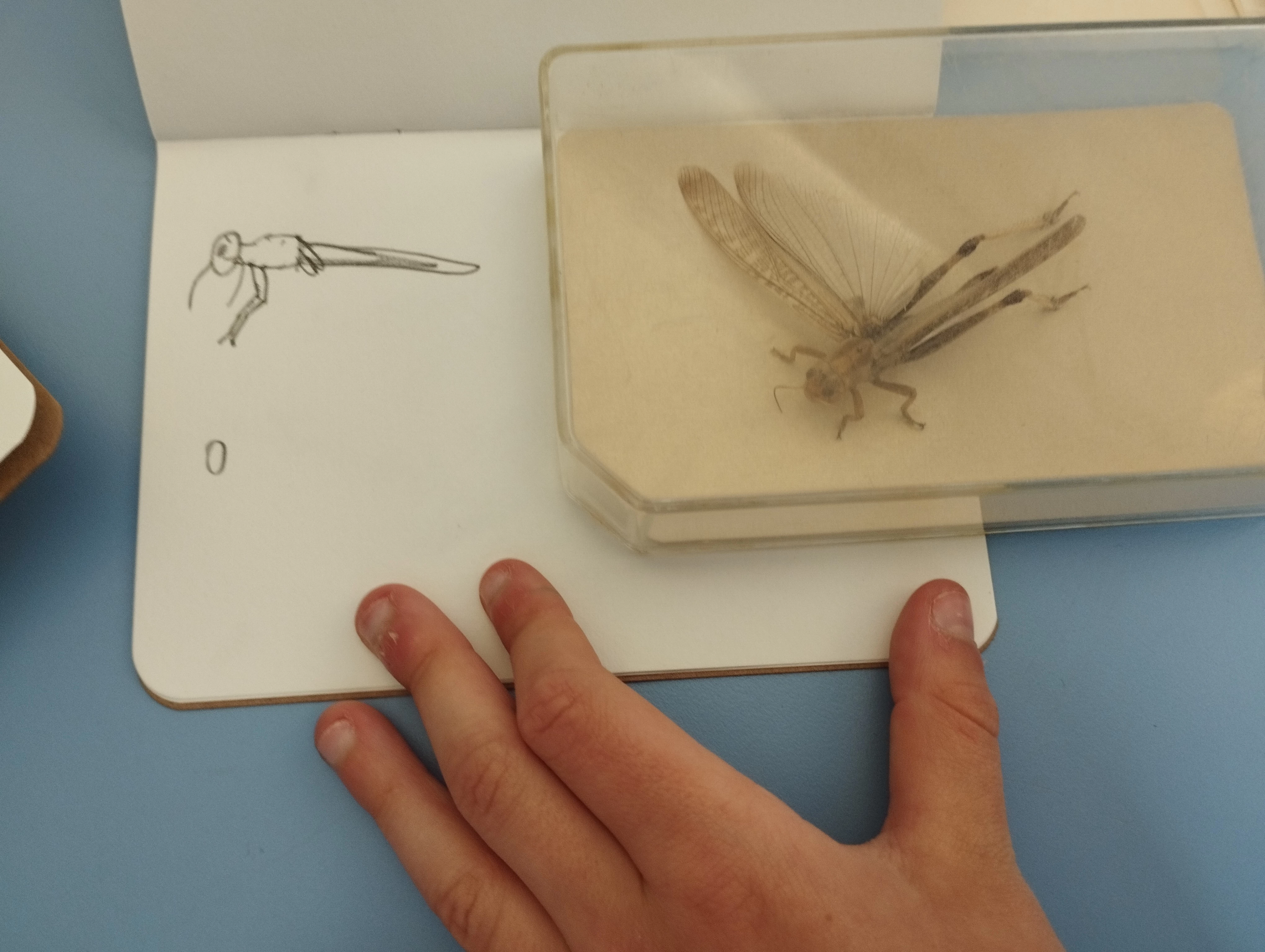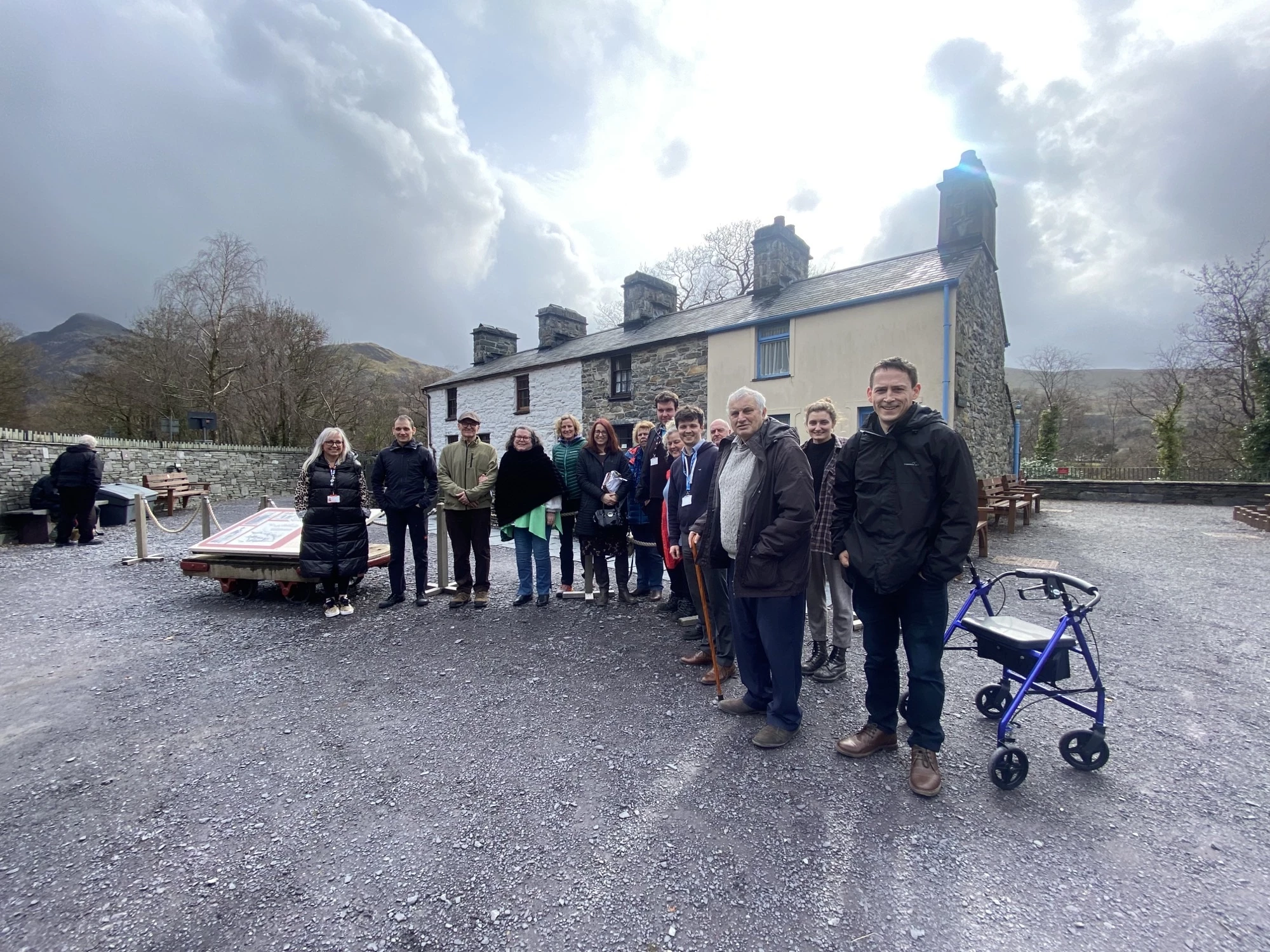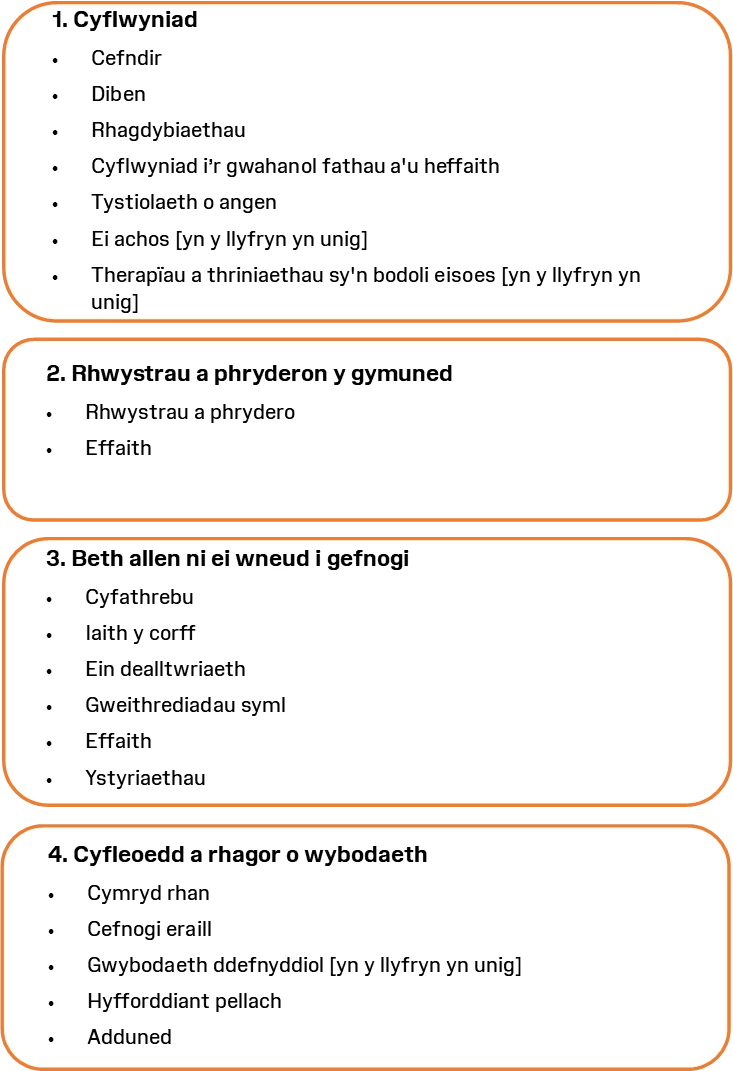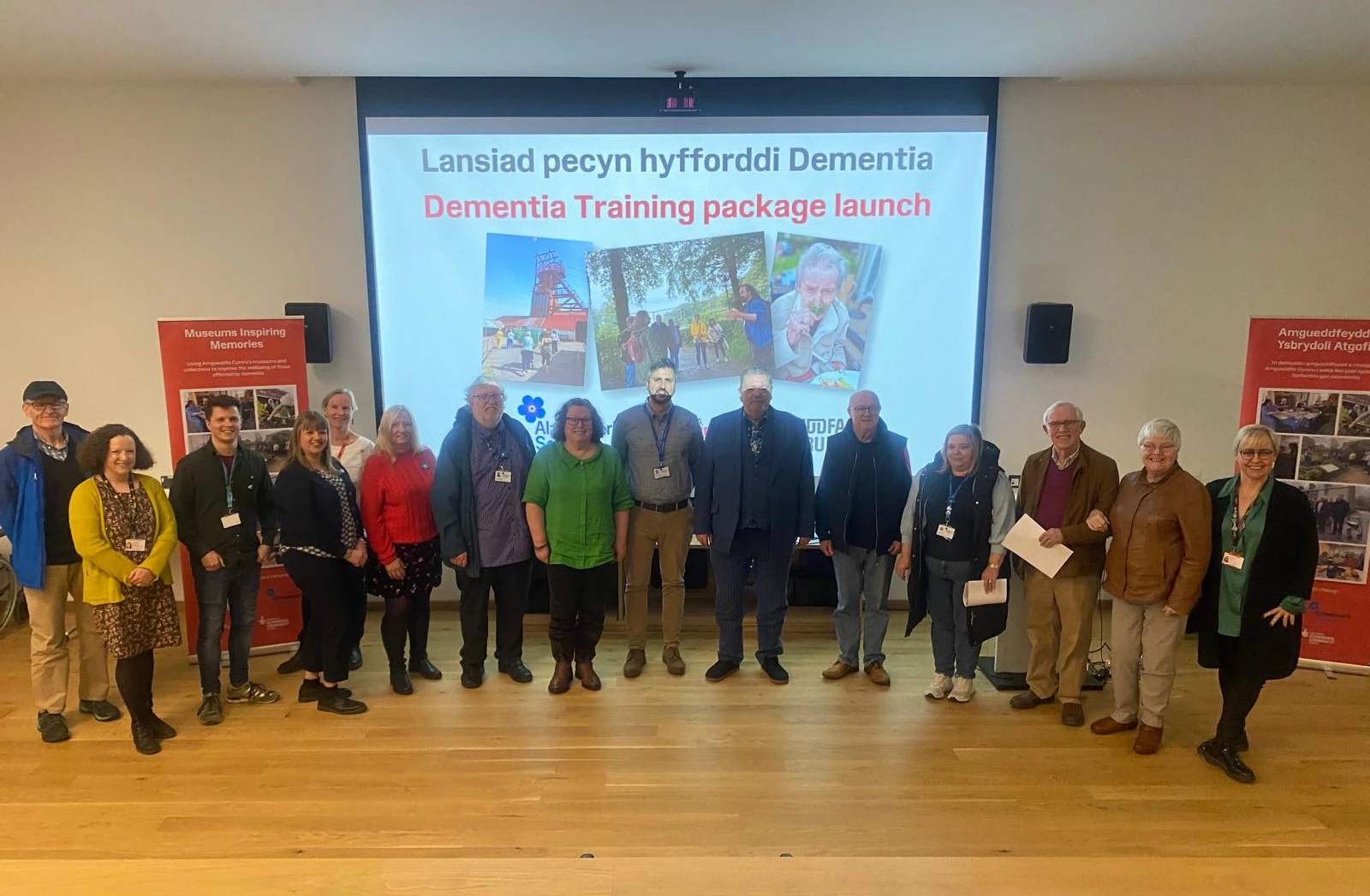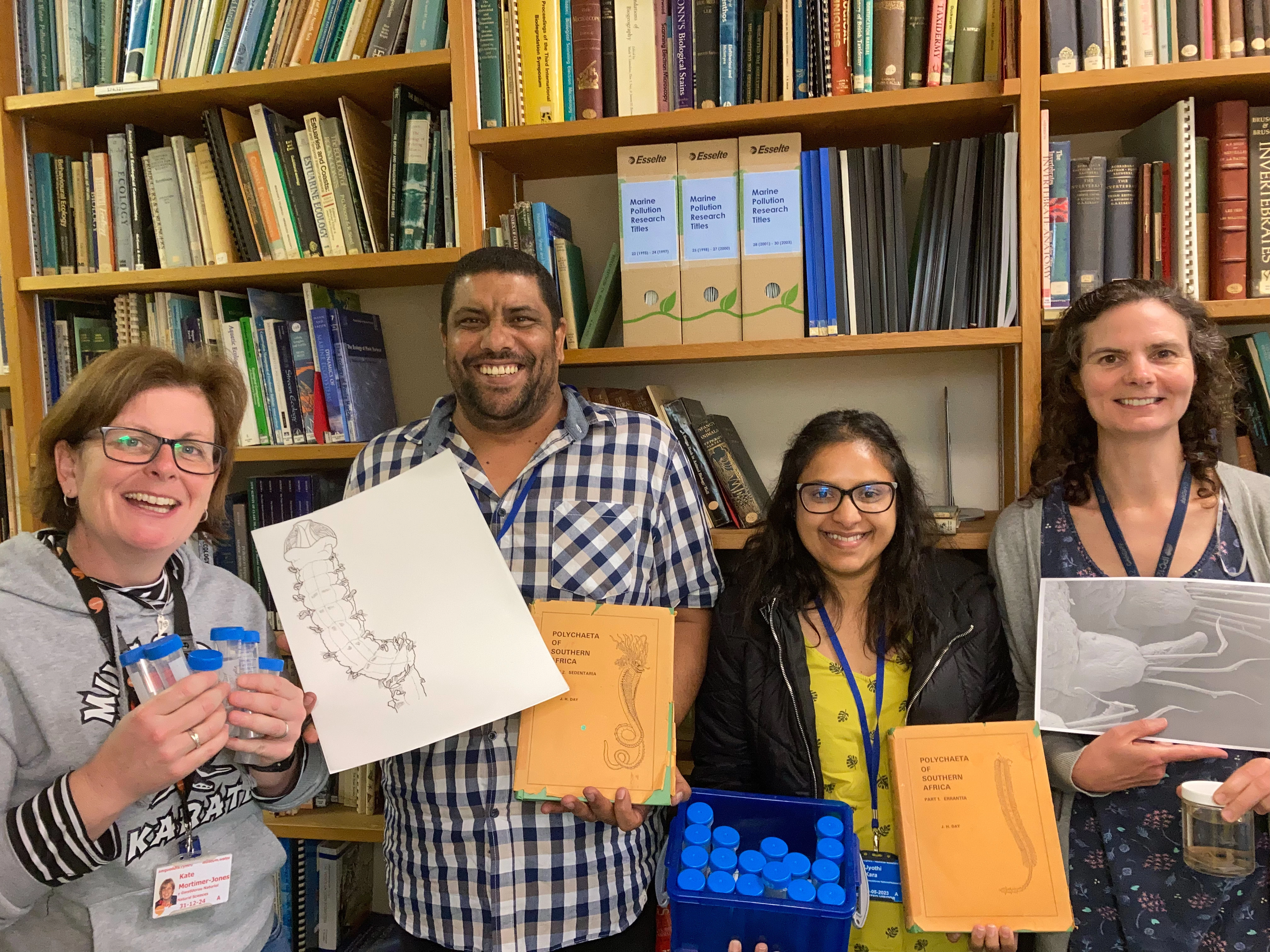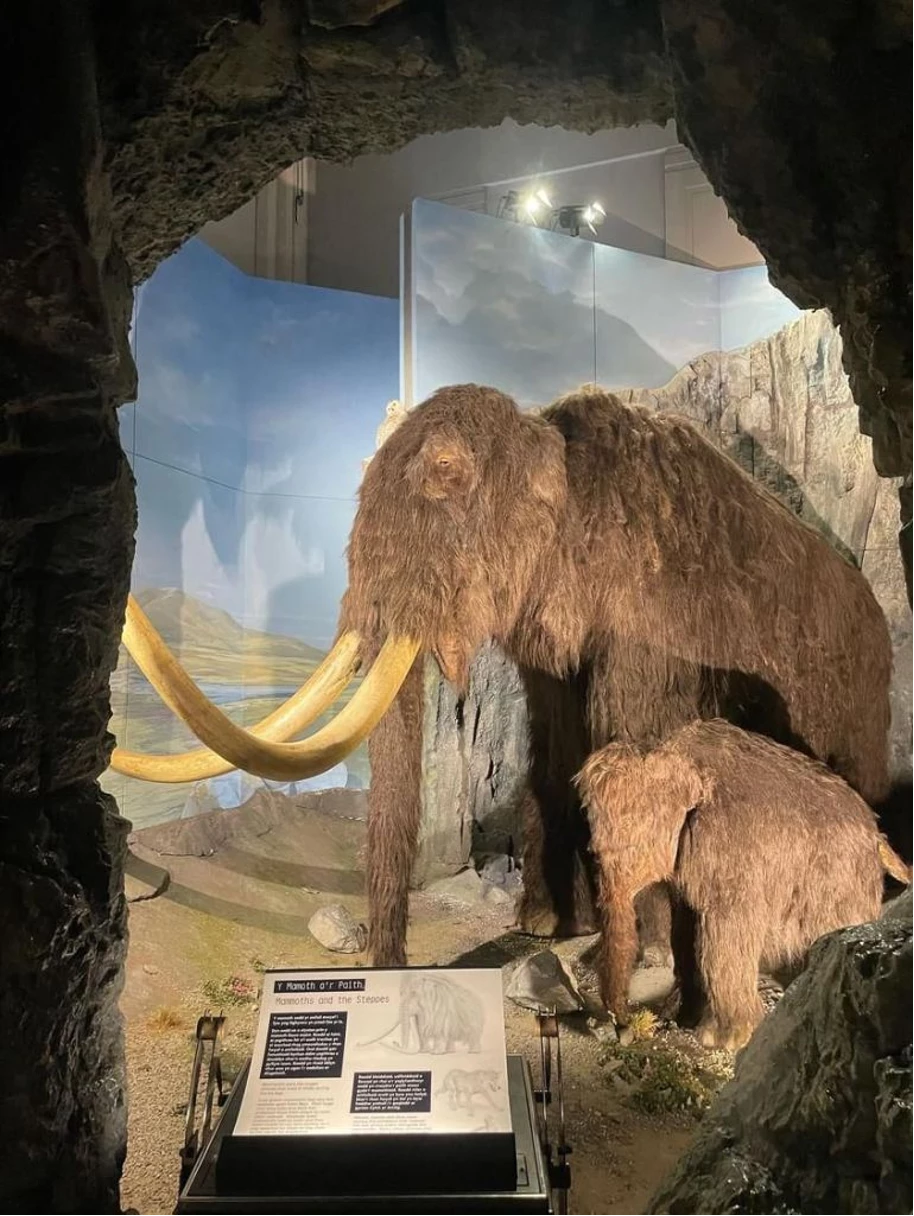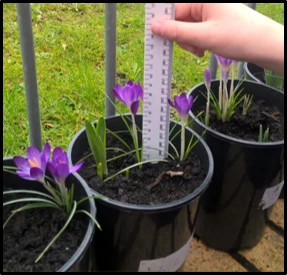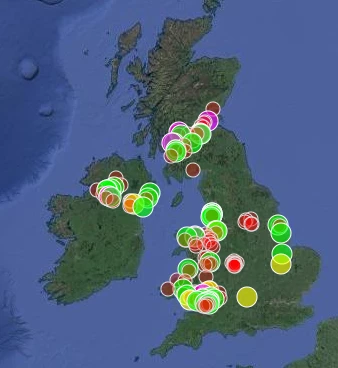As part of Museums Inspiring Memories, our 3-year partnership project with Alzheimer’s Society Cymru, we have been working in collaboration with the dementia community across Wales to develop a training package that will help staff - in Amgueddfa Cymru and across the heritage sector - to support people affected by dementia who visit our museums.
This blog provides a snapshot of the collaborative approach that we have taken over the last 18 months, to develop and pilot our staff training resource, culminating in our launch of the training package at St Fagans on 2 May 2024.
Our consultations with the dementia community
From the very start of our project, we have aimed to ensure that the personal experiences of those affected by dementia are at the forefront of our work.
During the first year (between December 2022 and March 2023), we hosted 30 consultations across Wales, inviting people living with dementia, their carers and supporters, heritage sector colleagues and professionals from representative organisations, to take part.
These events took place at our museums, in community venues and in care and health settings. 270 people joined us, and their contributions to the conversation formed the basis from which we began to shape the contents of our training package. During these consultations, we structured conversations with a set of questions which aimed to elicit people’s experience of engaging with museums. We asked:
What stops people affected by dementia from engaging with museums, their collections and online resources?
What care and support needs might there be at our sites?
How could we improve access for people affected by dementia?
What training needs are there for both carers/care staff and heritage sector staff/volunteers?
Developing the staff training package
Using the information gathered from these consultations, we developed a potential structure for our training package, capturing people’s thoughts and experiences into 5 broad themes: ‘Introduction’, ‘What is dementia’, ‘The barriers and worries of the community’, ‘Being supportive’ and ‘Opportunities and further information’. Under each theme, we developed sub-headings to describe the information that would be included in each section.
Refining the staff training package
Having created a potential ‘draft’ structure, we developed the training package through further community engagements and conversations, and it became a focus during our meetings with the Dementia Voice in Heritage Group.
The Dementia Voice in Heritage Group (also known as ‘DViHG’) is our project’s steering group. The DViHG is made up of people living with dementia, carer partners, paid carers, support workers, colleagues from allied organisations (such as the Alzheimer’s Society) and colleagues from Amgueddfa Cymru and other heritage sector organisations. We meet in person or online every two months, and we structure our meetings so that everyone can contribute to and shape the development of central aspects of our work. In October and December 2023 we dedicated our DViHG meetings to the development of the staff training package.
The contributions of DViHG members to the training package have been valuable and considerable. Group members have talked about their own positive experiences of visiting museums, the importance and value of museums for people living with dementia, and the things that museum staff might need to know in order to support people living with dementia. They told us about the importance for people living with dementia of being helped to feel safe, valued and welcomed:
“Whilst someone might come away from the museum not remembering all the details, they may remember the feeling that they experienced during the visit” Person living with dementia
Finally, they emphasized the importance of involving people affected by dementia in delivering the staff training.
Our Pilot staff training sessions: Testing our training package out with colleagues
Having incorporated the valuable contributions of the DViHG group into the staff training package, we then elicited further the thoughts of our colleagues at Amgueddfa Cymru, across a range of departments. For instance, we consulted with the Learning Department during a divisional training day, and met with Front-of-House teams at both National Waterfront and National Museum Cardiff.
These conversations were important to gauge people’s understanding about the needs of visitors affected by dementia (some staff told us that they felt they were lacking in knowledge about dementia) and to assess how confident people felt about supporting people affected by dementia (some staff said they were worried that they might ‘say something wrong’). From these discussions, we refined the content further and developed a 2-hour training session.
We have now piloted the training session at three of our museums: St Fagans National Museum of History, the National Slate Museum and National Wool Museum, with members from across the Learning, Maintenance, Crafts, Front-of-House and Catering teams taking part, and we have received positive feedback from these.
Launching the training package
On the 2nd May at St Fagans National Museum of History, we formally launched the training package. We invited people that we have been working with over the last eighteen months, including Alzheimer’s Society Cymru, a member of DViHG and a member from our project board, to talk about their experiences of contributing to the development of the training session.
29 people attended the launch, to hear these inspiring presentations and to learn about how the work has developed in partnership with the community. The training package aims to explore what we, in our different roles across the heritage sector, can do to make any visit a positive experience for those affected by dementia. It will now be made available to anyone within the heritage sector, whether as a starting point to beginning their journey to becoming more dementia-supportive or as a complement to what is already happening.
Whilst people affected by dementia have not yet been involved in delivering the pilot training sessions, we are currently working with our partners who have been involved in creating it, and we are planning how to support them in hosting, leading and / or contributing to our future training sessions.
As our project progresses over the next year, we will continue to work collaboratively and to ensure that the dementia voice is at the heart of what we do.
If you’re from a heritage sector organization and are interested in how we have developed our training offer, would like to find out more about using the package in your setting, or are a person affected by dementia with an interest in supporting these sessions at our museums, please don’t hesitate to contact us by email mims@museumwales.ac.uk or phone 02920 573 418.


